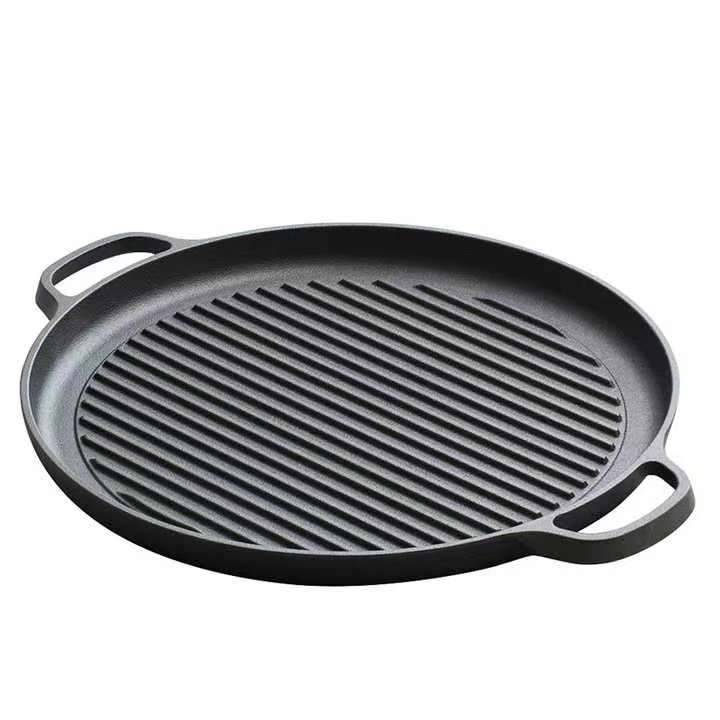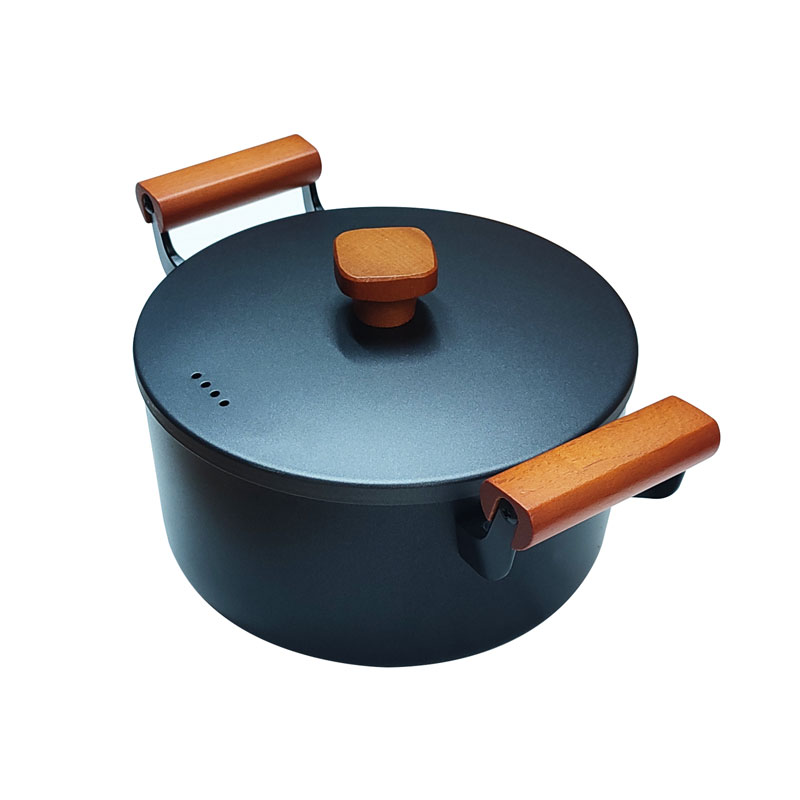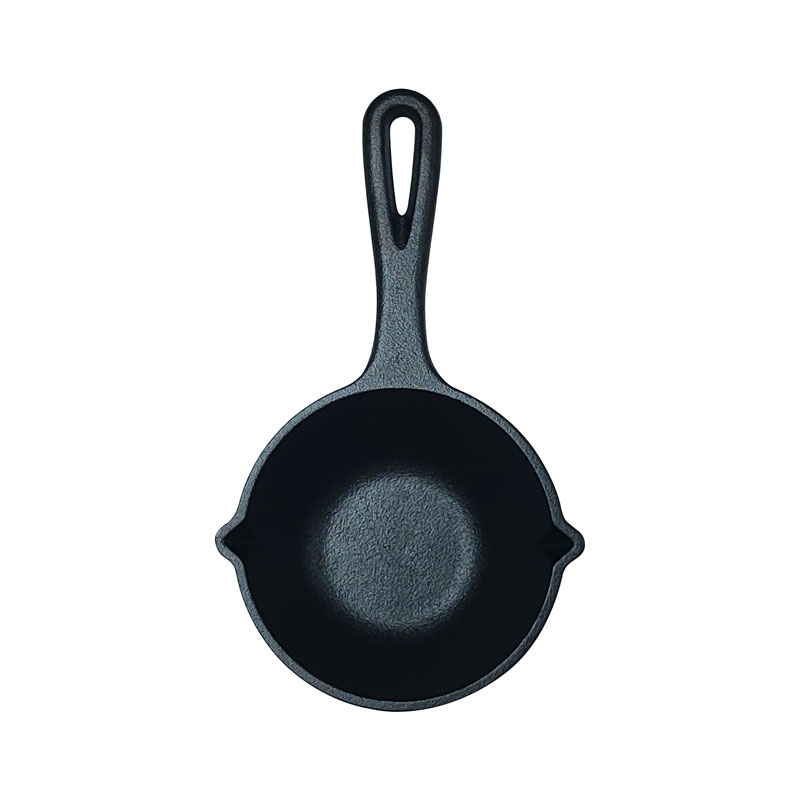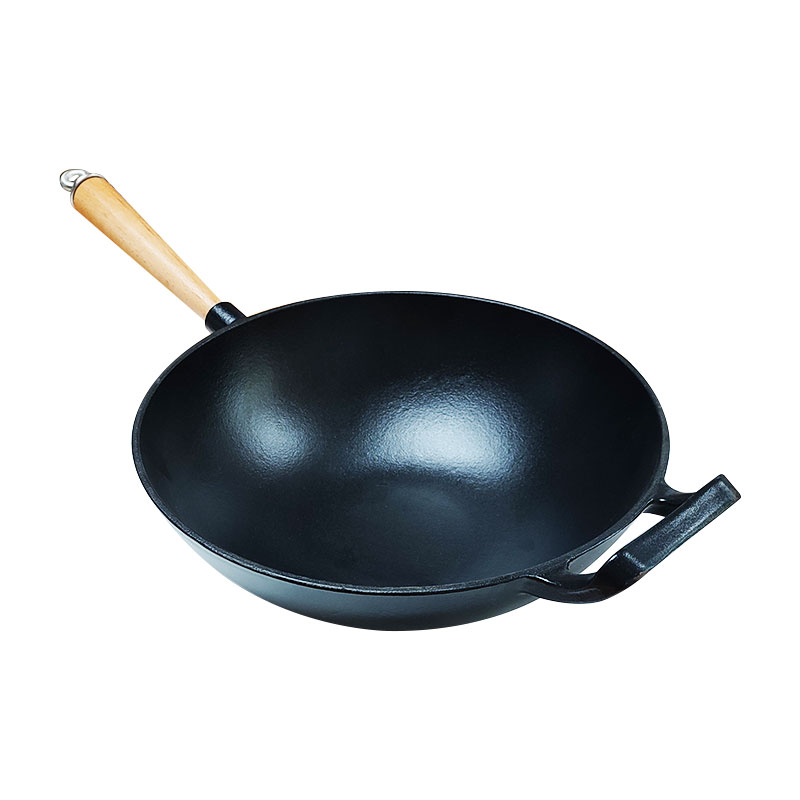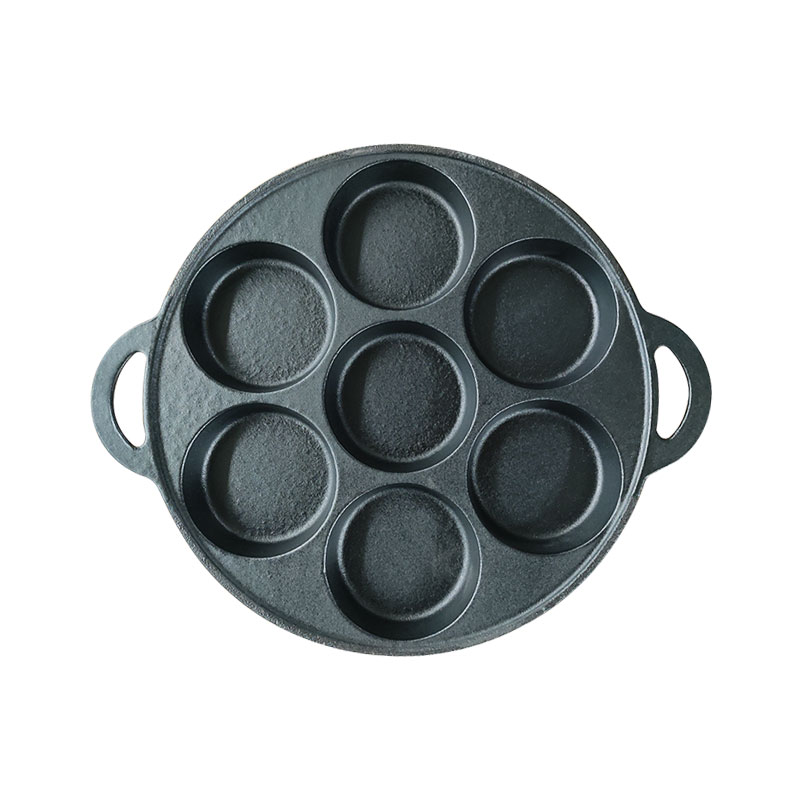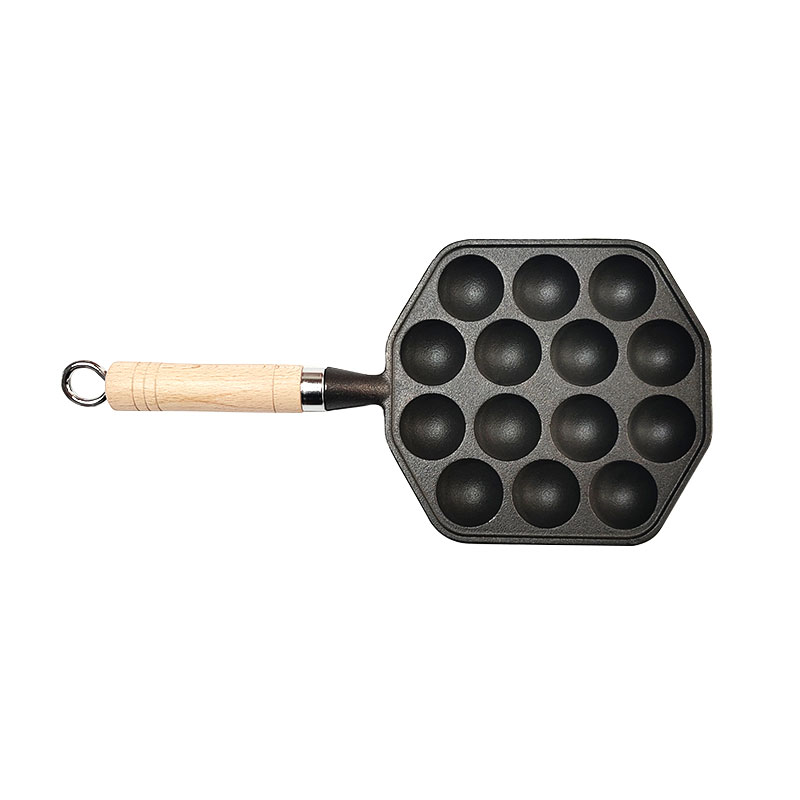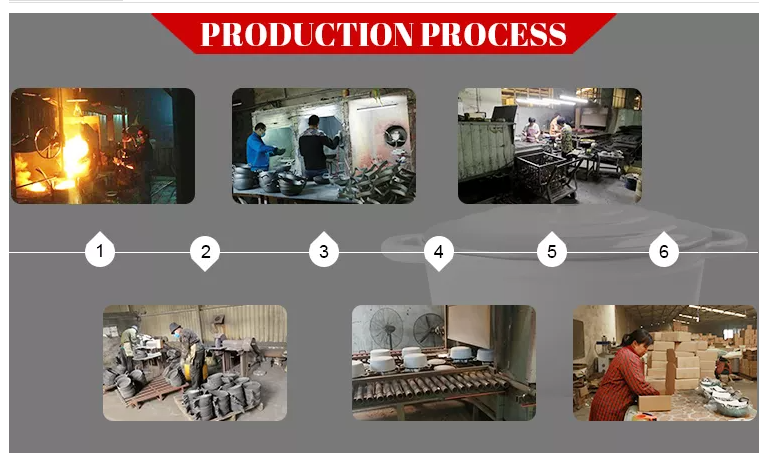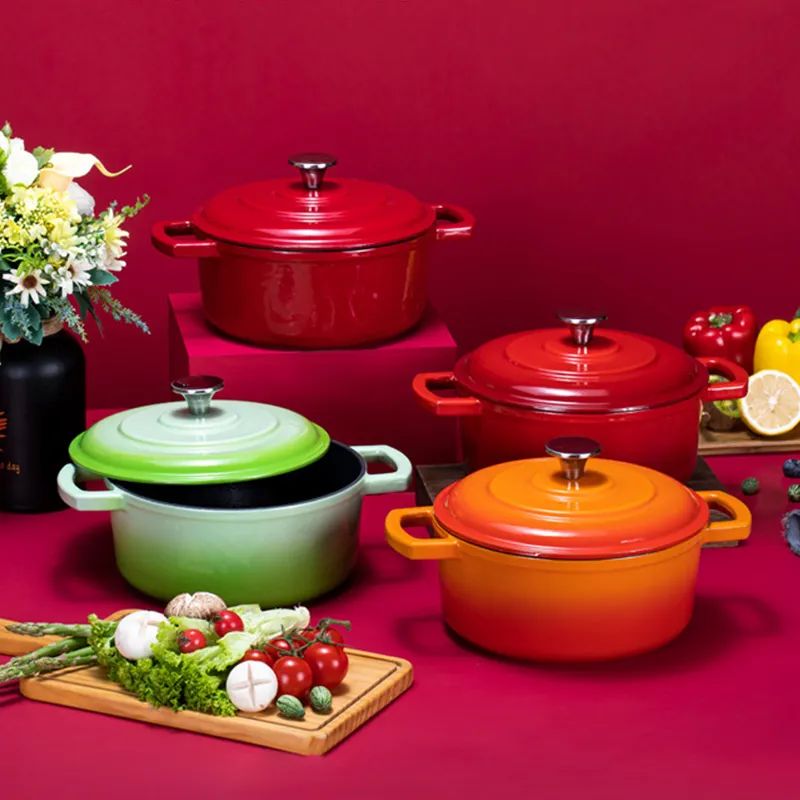1.Non-stick Coating Cooking Surface, More healthy without harm to human body, Environmental protection and safety
2.Cast-iron pans are characterized by non-stick pans after boiling,and the longer they are used, the more non-stick they become
3.General Use for Gas, Induction Cooker and open fire and so on, Easy to use
4.Thicken the bottom of the pan, super lock the temperature, evenly heated
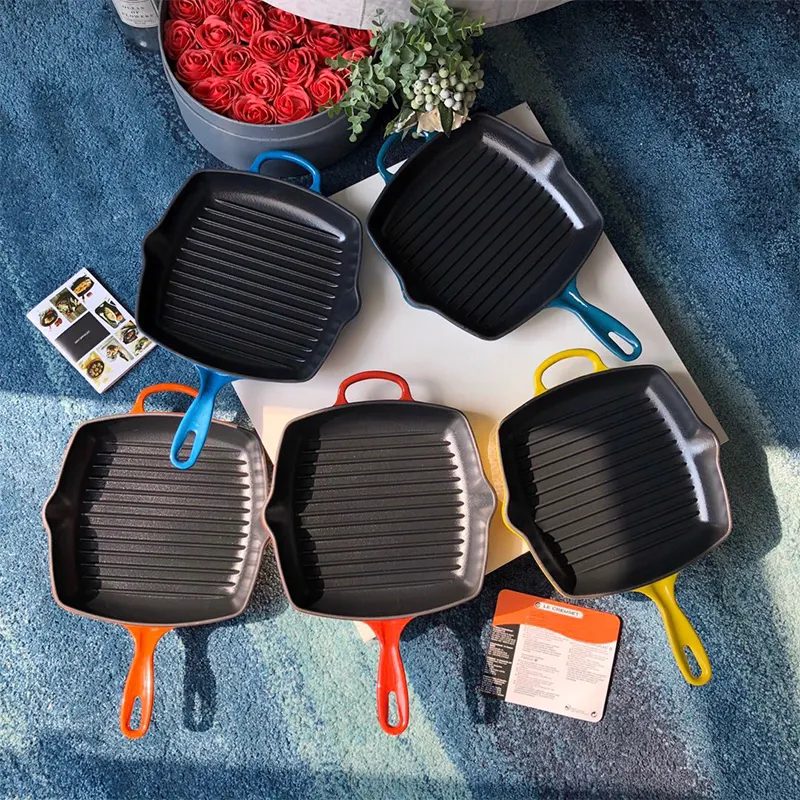
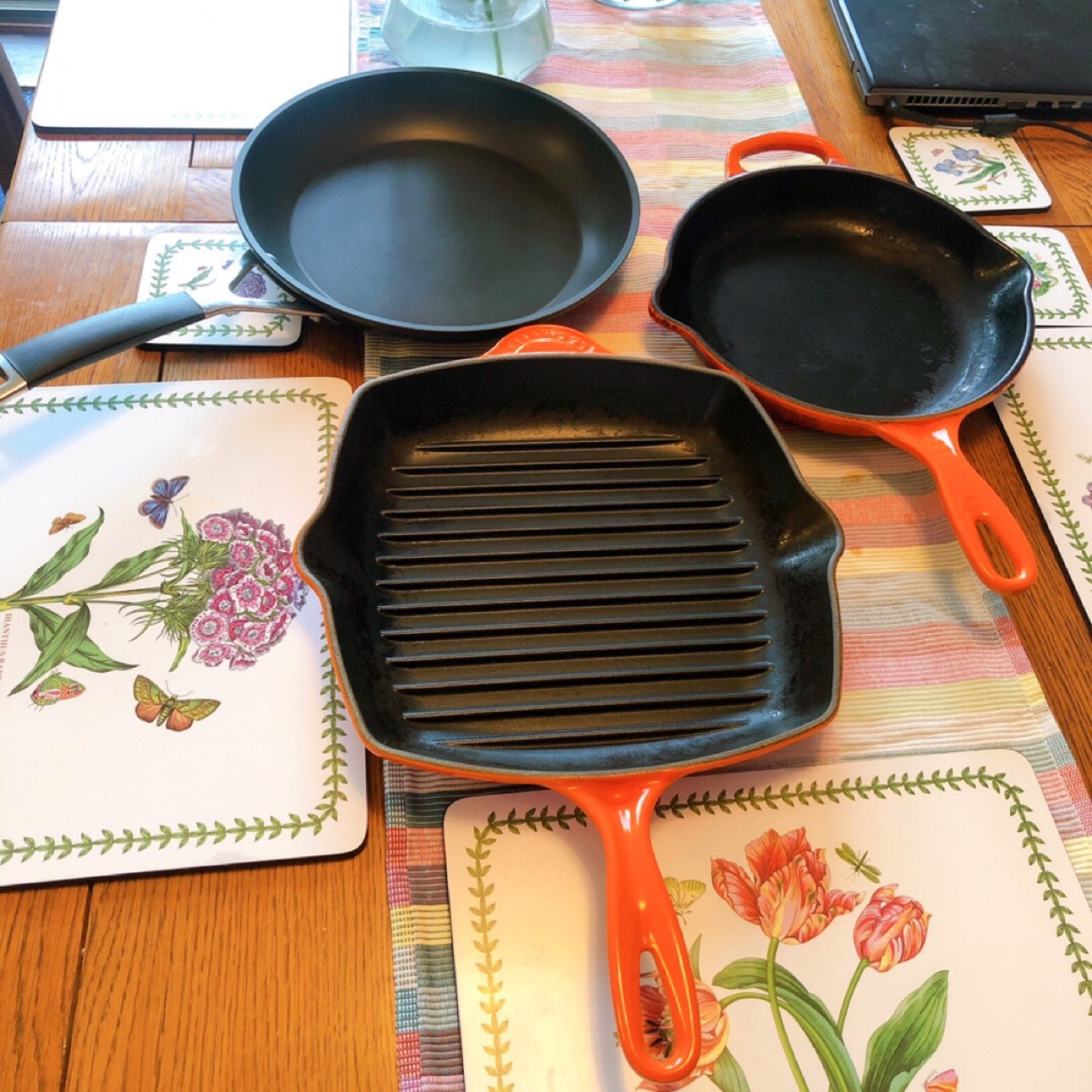
Perfect for Low-Oil Cooking: Healthy Meals in a Non-Stick Cast Iron Skillet
Enameled cast iron’s natural semi-non-stick properties allow for healthier cooking with less oil. When preheated correctly, the glassy surface creates a thermal barrier that reduces food adhesion, perfect for delicate items like omelets or pancakes. Unlike Teflon, it tolerates higher heats without degradation, enabling crispy, oil-free roasting of vegetables or chicken. The even heat also prevents uneven cooking or burning, common in thinner non-stick pans. For those monitoring fat intake, this skillet delivers golden sears and caramelization with just a teaspoon of oil, rivaling the results of traditional frying methods.
Non-Stick vs Traditional Cast Iron Skillets – Which One Is Right for You?
Choose traditional cast iron if you prioritize ultimate searing power and don’t mind regular seasoning. Its rough surface develops a natural non-stick patina over time but requires oiling and careful drying to prevent rust. Enameled cast iron, meanwhile, suits those who want zero maintenance and compatibility with acidic foods. While slightly less stick-resistant than well-seasoned bare iron, enamel won’t react with ingredients like tomatoes or wine. Weight and heat retention are similar, but enameled versions often have brighter colors and modern aesthetics. For beginners or time-strapped cooks, enameled is the foolproof choice; for purists, traditional cast iron offers unmatched customization through seasoning.
How the Enameled Coating Prevents Rust and Extends the Life of Cast Iron Cookware
The fused glass enamel acts as a permanent barrier against moisture and oxidation, the primary enemies of bare cast iron. Unlike seasoning, which can wear off, the coating resists chipping under normal use and won’t flake into food. High-quality enamel also withstands thermal shock, so rapid temperature changes (like adding cold liquid to a hot pan) won’t crack it. This protection ensures the cast iron core remains intact for decades, even with frequent washing. While cheaper enamel may craze over time, premium brands use multiple firing layers to enhance durability. For longevity, enameled cast iron outperforms both raw iron and non-stick coatings.










